
HOUSTON'S WAREHOUSE DISTRICT
Historic architecture. Thriving businesses. Unmatched creativity.
Historic buildings line the streets with stories etched in brick and steel. Inside, light pours through warehouse windows, catching on timber beams and concrete floors worn smooth by time. This is Houston’s Warehouse District — where legacy meets momentum.
What once powered the city’s industrial rise now fuels its creative future. These buildings, designed to endure, have become home to architecture firms, production companies, tech startups, and creative studios that shape the culture of the city. They come not for novelty, but for authenticity. For space that feels lived-in, not built overnight. Space that holds weight, that adds something to the work being done inside.
There’s a certain energy here — not loud, but constant. A quiet hum of progress. Ideas take shape in studios with ceilings two stories high. Partnerships spark in hallways that once moved freight. What was built to store goods now stores ambition.
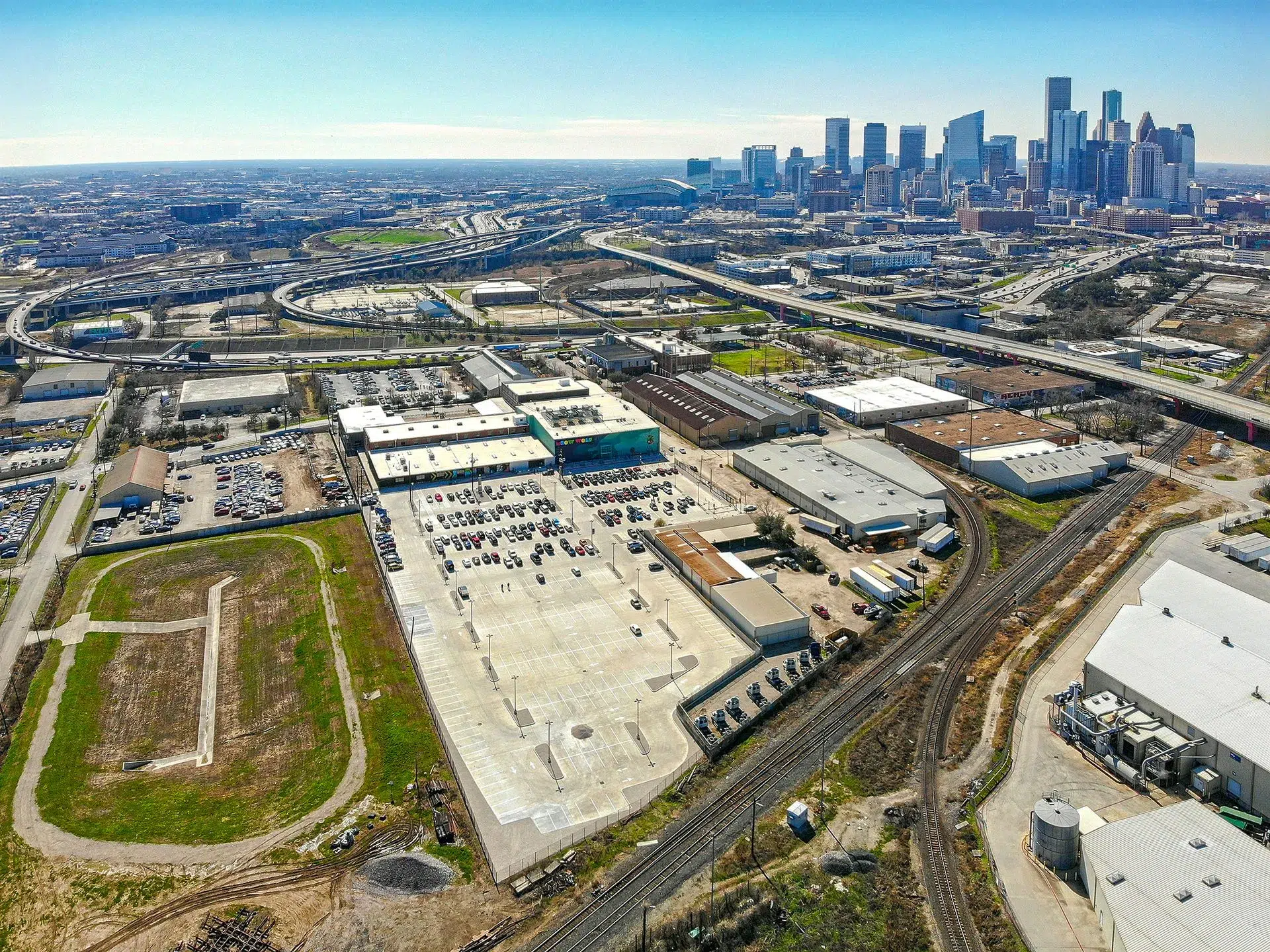
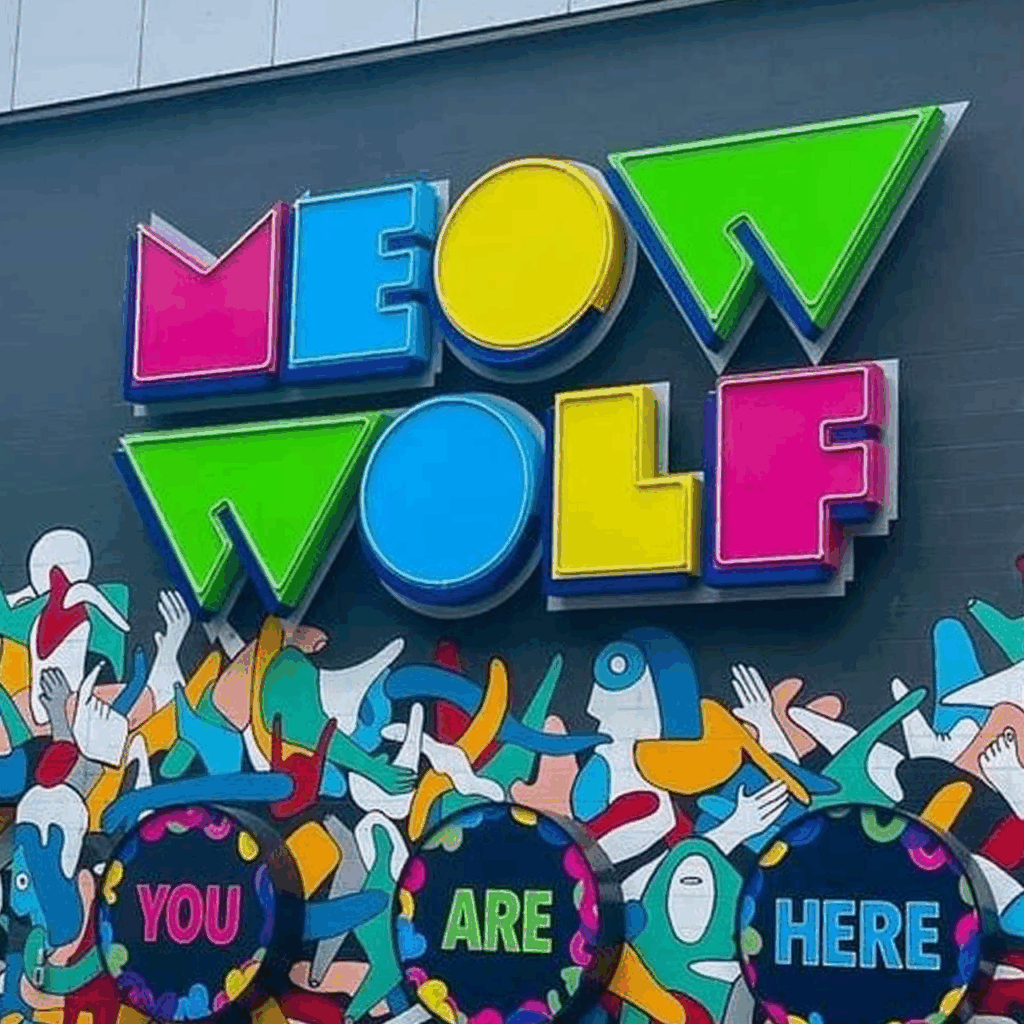
HOUSTON'S WAREHOUSE DISTRICT
OVER 2.2 MILLION ANNUAL VISITORS
The Warehouse District isn’t only a place to work. It’s where the city comes together. When the day winds down, the streets don’t empty — they fill with something different. Music pulses from Warehouse Live. Art, food, and performance spill out of POST Houston. Down the block, the glow of Minute Maid Park and Toyota Center reminds you that everything is still in motion.
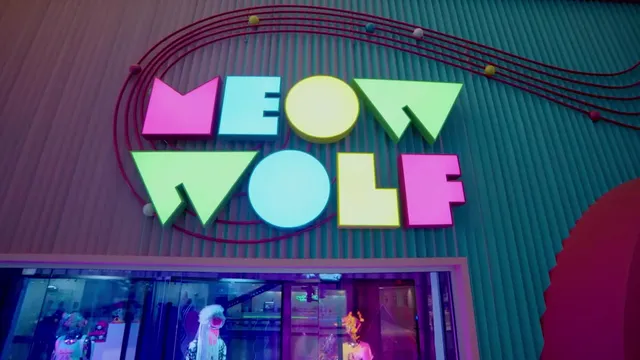
Meow Wolf
Meow Wolf’s fifth permanent installation – or “Portal”- at Moncrief Lenoir in Houston, Texas opened in 2024 and is expected to draw over 750,000 visitors annually to the complex.
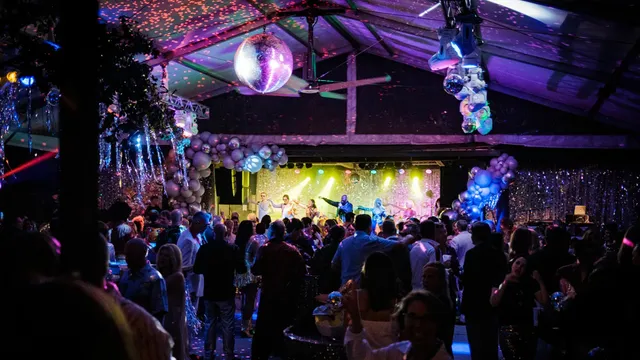
Last Concert
Experience Houston’s oldest and most unique live music venue, come on out and see us and the eclectic mix of local, regional, and internationally acclaimed

Saint Arnold Brewing Company
Saint Arnold Brewing Company, is Texas’ Oldest Craft Brewery. Known for its flagship Amber Ale and commitment to brewing quality beers. They also have a popular beer garden and restaurant, and offer brewery tours.
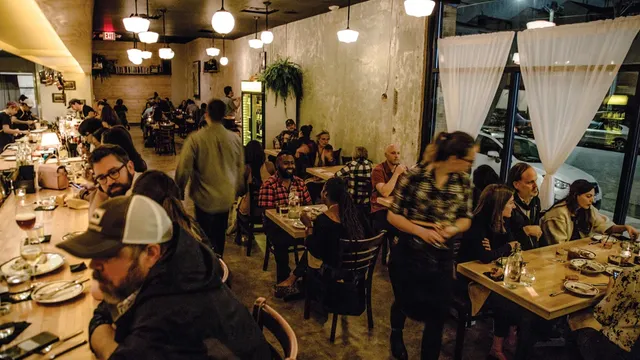
Theodore Rex
Relaxed fine dining with a french touch, a personal point of view, a lot of local ingredients and a little sense of humor, where artists live, creatives visit, musicians jam and funky old buildings stand
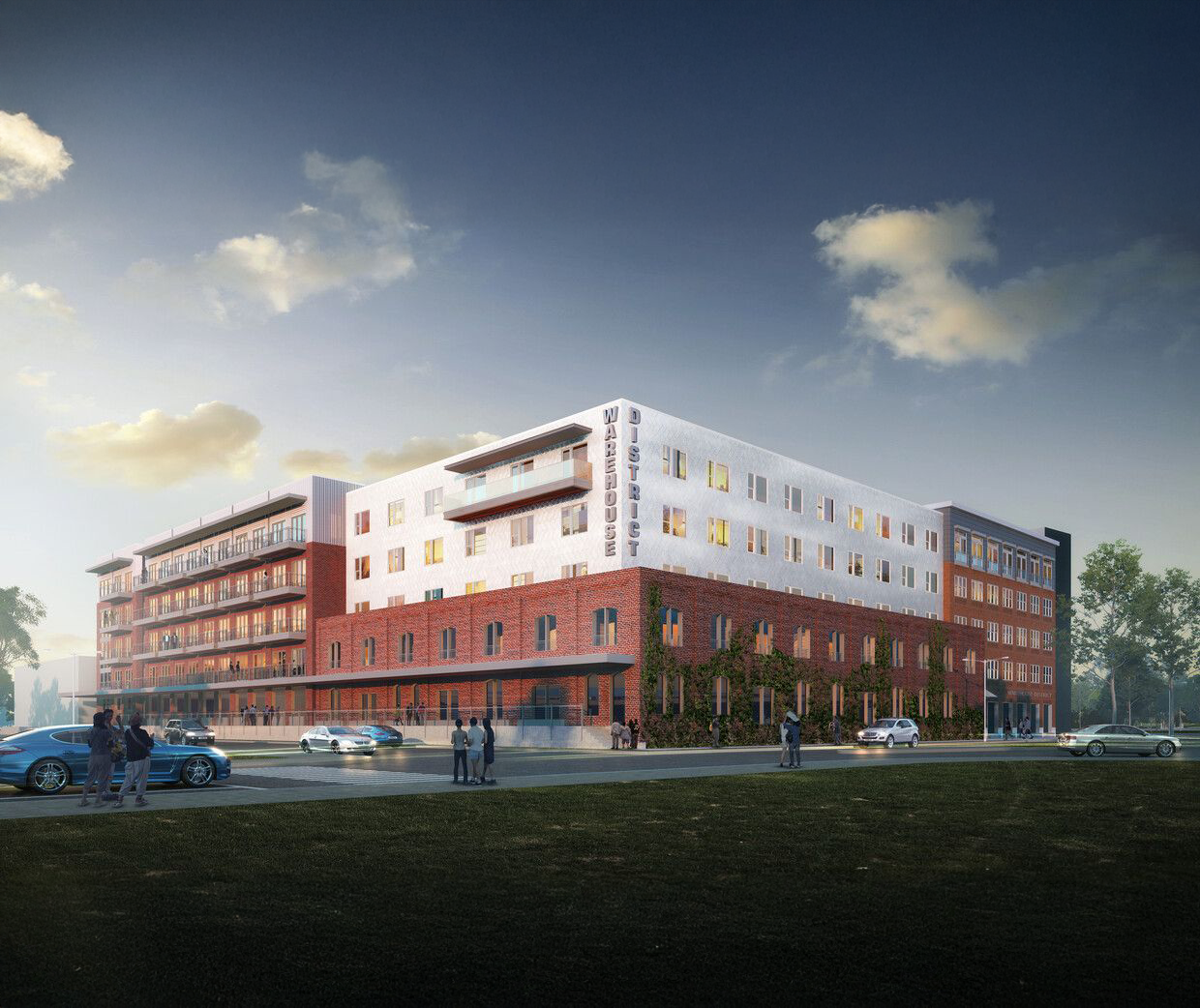
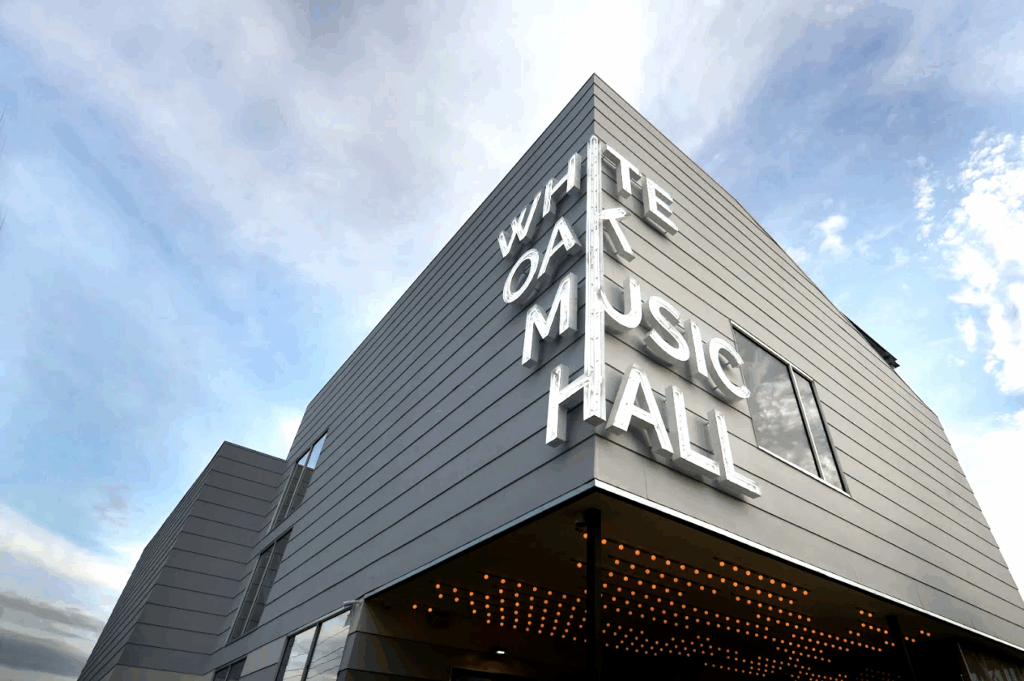
HOUSTON'S WAREHOUSE DISTRICT
Modern Living In Houston's Warehouse District
The Warehouse District is rapidly transforming into one of Houston’s most vibrant residential hubs. At its core, Warehouse District Living at 813 & 850 McKee Street introduces 489 units, including reserved income-based housing to support community diversity. Just blocks away, the 800 Bell Tower, Houston’s iconic 45-story Exxon building, is slated for residential redevelopment—marking a skyline-shifting moment for the city. Adding to this momentum, the Sovereign at the Ballpark brings 229 luxury units near Minute Maid Park, energizing the southern edge of the district. Meanwhile, the historic Dakota Lofts, one of Houston’s first warehouse-to-residential conversions, continues to stand as a living landmark and a testament to the district’s authentic character.
HOUSTON'S WAREHOUSE DISTRICT
Business Is Thriving In Houston's Warehouse District
Business is thriving in Houston’s Warehouse District, where historic buildings are being reimagined as hubs of creativity and commerce. The Moncrief Lenoir Buildings at 2103 Lyons Avenue are undergoing a transformation into a 120,000-square-foot, multi-building campus with entertainment venues, restaurants, loft offices, and event spaces, all designed for walkability. Just steps away, Hardy & Nance Studios hosts award-winning painters, sculptors, jewelry designers, videographers, and photographers, making it a cornerstone of the local arts community. The Eller Wagon Works / Pittsburgh Plate Glass Building has shifted from glass distribution to creative studios and lofts, while the historic Western Electric Building, once a 1917 telecom hub, now buzzes with architectural firms. Together, these spaces embody the district’s evolution into a dynamic destination where history, creativity, and business intersect.
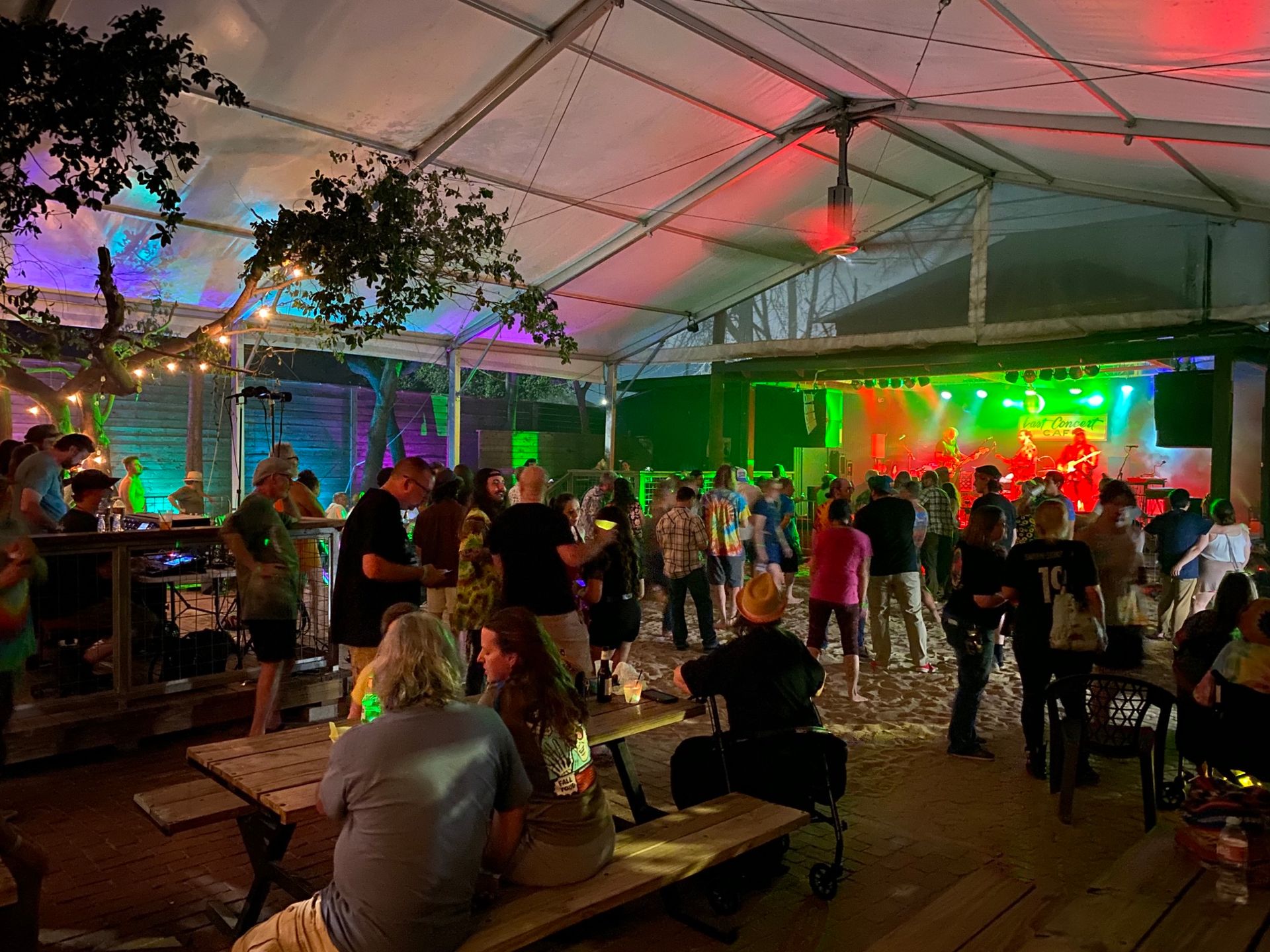
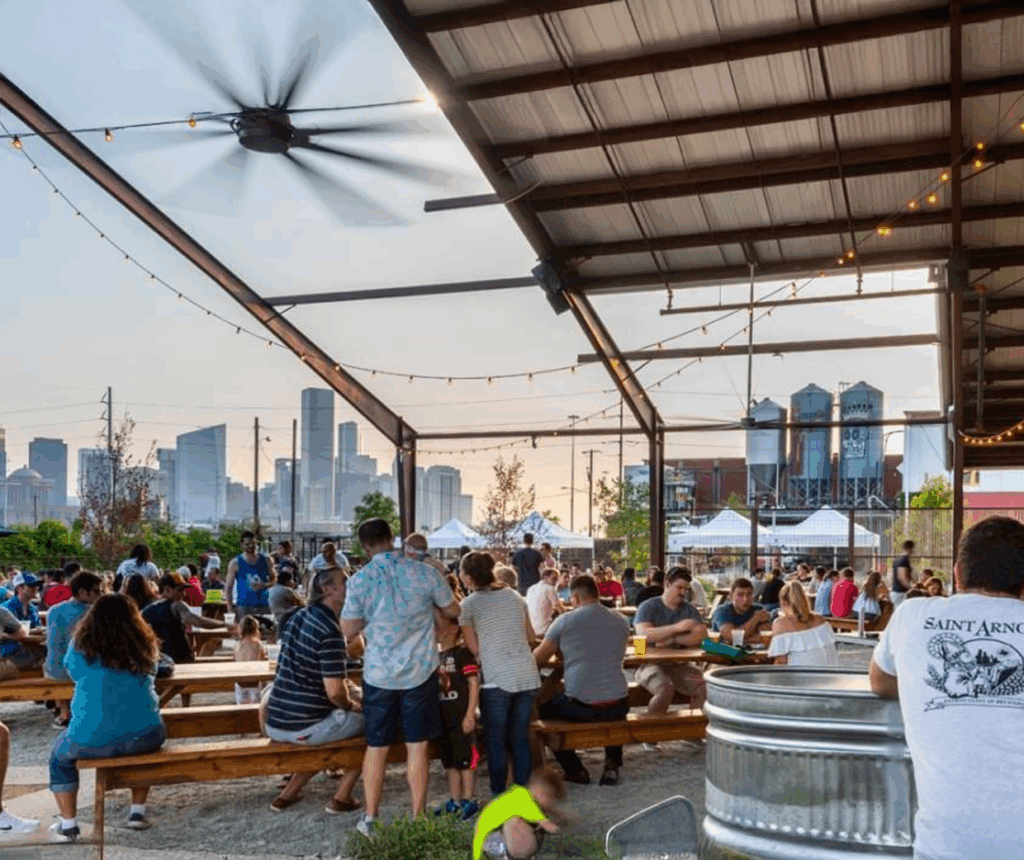
HOUSTON'S WAREHOUSE DISTRICT
Available Office Space For Lease in Houston's Warehouse District
Dealco, developer of Sawyer Yards, one of the largest creative communities in the nation, announces 120,000 square feet of mixed-use space for lease. This historic property is anchored by the latest Meow Wolf Portal, which opened in 2024. Beat the Bomb opened in January 2025, and Gaspachos is under construction. Co-tenants have a once in a lifetime opportunity to lease a stunning piece of Houston history that will dominate tourism for decades to come.
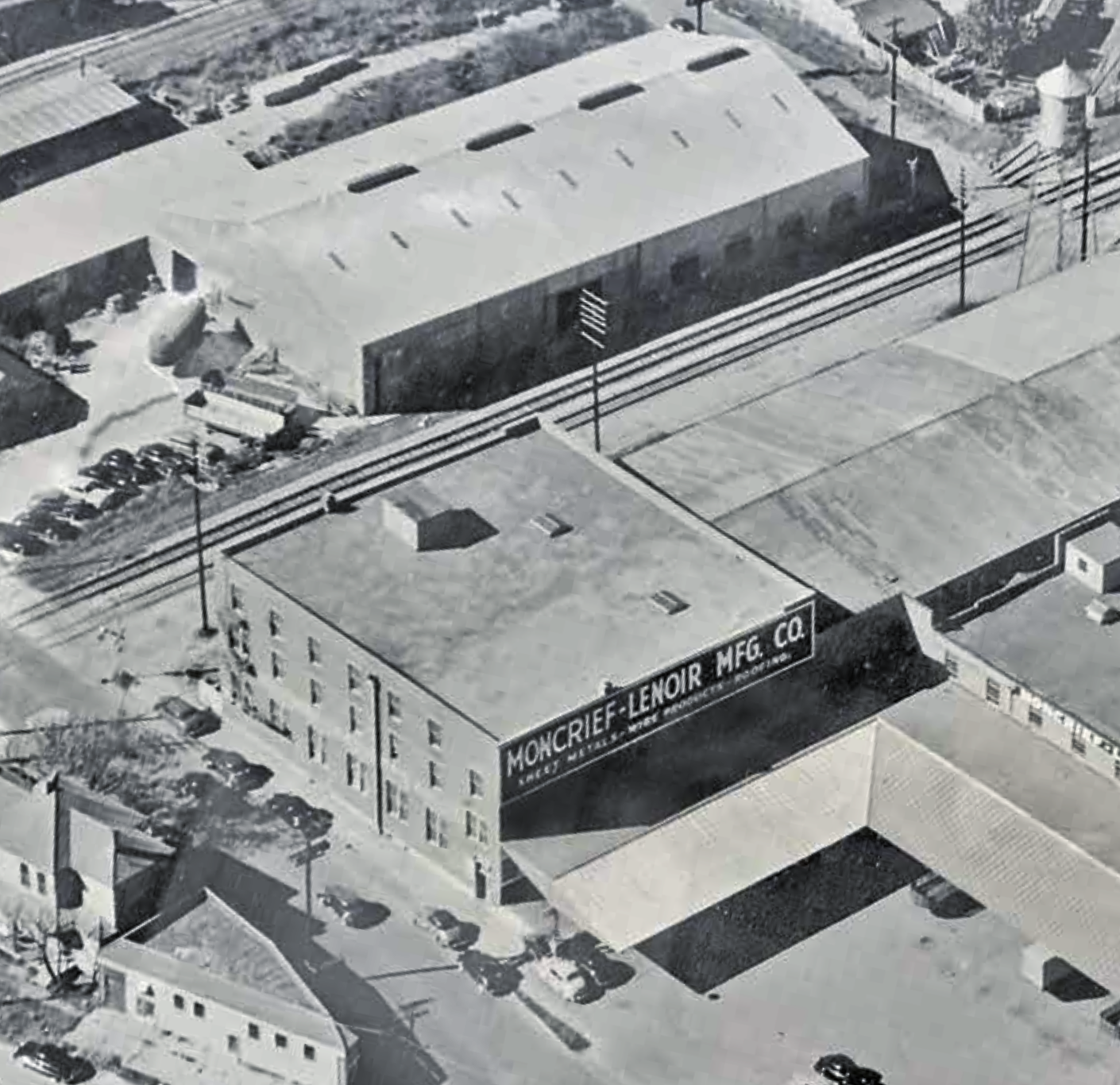
HOUSTON'S WAREHOUSE DISTRICT
Anchored by History. Accelerated by Vision.
The Warehouse District doesn’t need to reinvent itself — it just needs to keep doing what it’s always done: move things forward. Now, it’s people, ideas, and experiences that flow through the streets instead of steel and freight. But the effect is the same: commerce, energy, momentum.
Before glass towers lined the skyline, before the sprawl of office parks and suburban developments, Houston’s story was being written here — in brick warehouses, timber-framed buildings, and concrete-floored depots.
The Warehouse District was built to move things: lumber, steel, textiles, ideas. Between the 1890s and 1930s, it became the industrial nerve center of the city — linking Houston’s rail lines to its ports and powering the economic growth that made this city a giant.
But this is not a tale of a once-great district being rediscovered. The Warehouse District never stopped moving.
It evolved.
